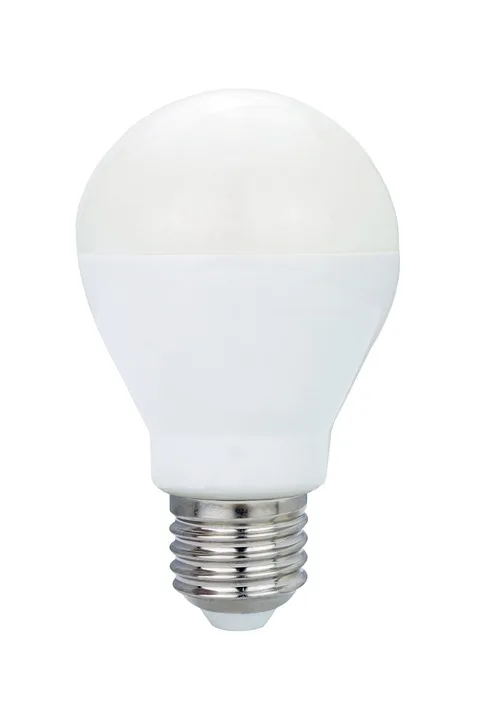When selecting a monitor, size is a significant factor that can influence your experience, productivity, and even your comfort. Consumers often find themselves questioning the merits of choosing between a 27-inch and a 32-inch display. While both sizes offer advantages, understanding the differences can help you make an informed decision.
Understanding Monitor Sizes
Monitors are measured diagonally from corner to corner, and this measurement can affect various aspects of your user experience.
Benefits of a 27-Inch Monitor
- Space Efficiency: A 27-inch monitor is a great choice for smaller desks or workspaces. It fits easily without overwhelming the area.
- Ideal for FHD and QHD: A 27-inch screen is optimal for Full HD (1920×1080) and Quad HD (2560×1440) resolutions, especially if you’re sitting fairly close to the screen.
- Cost Effectiveness: Generally, 27-inch monitors are more affordable than their larger counterparts. This makes them an attractive option for budget-conscious consumers.
- Good Pixel Density: With high resolutions, a 27-inch monitor typically provides sharp images and text, perfect for graphic design, gaming, and general usage.
Benefits of a 32-Inch Monitor
- Increased Screen Real Estate: A 32-inch monitor offers more space for multitasking, allowing you to have multiple windows open side by side without needing to switch between them.
- Enhanced Immersion: The larger display can enhance your gaming or movie-watching experience due to the increased field of view.
- Better for 4K Resolutions: If you’re looking to take advantage of 4K resolution (3840×2160), a 32-inch size can make the most of the pixel density, offering greater visual clarity.
- Improved Accessibility: Larger screens can be easier on the eyes, reducing the need for squinting or leaning in, especially useful for long hours of work or play.
Key Differences Between 27-Inch and 32-Inch Monitors
Viewing Distance
- 27-Inch Monitor: Ideal for closer viewing distances, making them suitable for gaming or detailed work where users are usually 2-3 feet away.
- 32-Inch Monitor: Best viewed from a distance of 3-4 feet or more, which can be a plus if you want to set it further back on your desk.
Resolution Capabilities
- Common Resolutions:
- 27-Inch: Supports FHD and QHD resolutions well.
- 32-Inch: Often used for 4K, leveraging its larger size for unparalleled clarity.
Price Range
- 27-Inch Monitors: Typically range from $200 to $600 based on features and specifications.
- 32-Inch Monitors: Generally cost between $400 and $1,200, reflecting the enhanced size and capabilities, particularly at higher resolutions.
Type of Use
- 27-Inch: Great for gamers, designers, and office work where space is limited but detail is essential.
- 32-Inch: More suited for professionals who work with multiple applications simultaneously, such as video editing or financial analysis, or for media consumption.
Considerations When Choosing
When deciding between the two sizes, consider the following factors:
- Workspace Size: Assess the dimensions of your desk and overall workspace; will a larger monitor fit comfortably?
- Usage Scenarios: Determine what you’ll primarily use the monitor for (gaming, design, general use) to identify which size supports your needs best.
- Budget: Factor in the price difference, especially if you’re leaning towards features that come with the larger size.
- Personal Preference: Some users might prefer the compactness of a 27-inch, while others may favor the spacious openness of a 32-inch screen.
By evaluating the above aspects, you can make an informed choice between a 27-inch and a 32-inch monitor, ensuring it aligns with your specific requirements and preferences.












